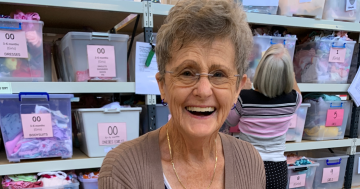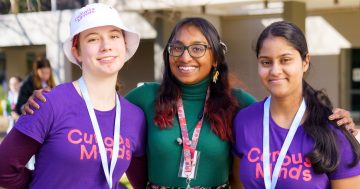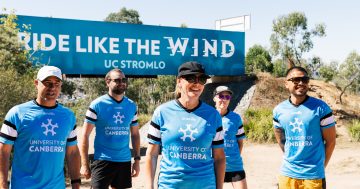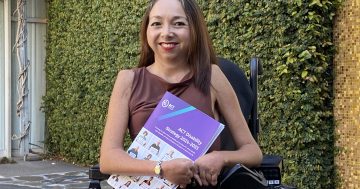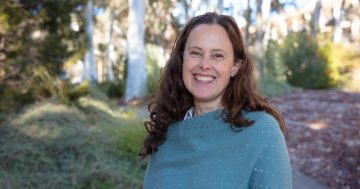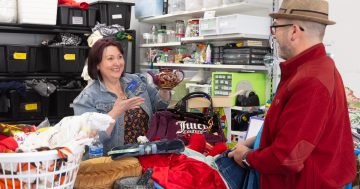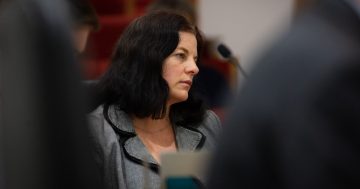
It was hard to miss the media storm over the past week after Mark Parton MLA voiced the view that the ACT Government’s inclusion policies meant that heterosexual white men over 30 are being overlooked in favour of minority groups. I am sure he didn’t anticipate the scrutiny and really heard the critique about taking the statements out of context. As the commentary rolled, I wondered if enough had been said, and it was time to move on.
There are however a few more things to explore beyond the hype and the sensationalism, and the discussion provides an opportunity for us to explore what kind of community we want to be part of and what we value about living here. While it is tempting to be scornful of such comments or participate in personal attacks, it’s more important to try to explain the importance of inclusion programs and initiatives, as well as to understand what sits behind groups who say they are missing out.
If you haven’t been excluded, discriminated against or denied your human rights because you happen to be part of an identified group in the community, you could think that inclusion isn’t something we need to worry about in Canberra, a progressive and affluent community. This incident has highlighted however that we clearly need to continue to build an understanding in our community that exclusion does exist and it is a problem – not just for the individuals themselves but for all of us.
Exclusion is deeply damaging, at an individual as well as at a community level. Exclusion leaves people feeling unsafe, impacts on their physical and mental health, erodes their personal resilience and impacts on their relationships. When our institutions, economy and culture work in ways that systematically exclude particular groups of people, we also pay the price at a community level. Exclusion means we miss out on the potential contribution of all members of our community, we often have to provide services that respond to these individual impacts of exclusion, and at its worst can lead to community conflict.
When one looks into the life outcomes for some of the ‘minority groups’ identified in this discussion, there is clearly the need for us to act. Let’s remember just a few stark statistics. Let’s remember the deeply confronting life expectancy gap of around a decade between Indigenous Australians and non-Indigenous Australians. Let’s remember the mental health challenges faced by members of the lesbian, gay, bisexual, transgender, intersex and queer (LGBTIQ) community, where with LGBTIQ young people aged between 16 and 27 are five times more likely to attempt suicide in their lifetimes. Let’s remember, the ‘minority group’ of women who still face a gender pay gap in this city of 12.4% (a figure that is rising), which has impacts across their life cycle.
The reality of disadvantage isn’t going to shift without concerted effort and that’s why most governments invest in programs to increase inclusion and participation. Inclusion means just that – inclusion for everyone. Inclusion programs are about creating a more even playing field. These programs are not about giving particular groups a head start – it’s actually about getting them to the starting line.
It is true that sometimes moves to be more inclusive can result in groups that have previously been able to access most of the benefits of our community feeling like they are missing out because the rules seem to have changed. Inclusion does mean that we have to share power, and invite others into spaces that have previously been limited to a chosen few of us. It will mean that for some, access not based on merely merit but privilege may become more difficult. It can also change the nature of these spaces – we have seen the broadening out of access in a variety of settings has set new community norms, where we have seen the need to modify language and actions to ensure that they are respectful and don’t work to negatively impact on particular groups of people.
As our community changes, the impacts on particular groups will change and may need specialised support. It is true that there are particular challenges now faced by heterosexual men over 30, and with that, there is a range of tailored services – services such as Menslink and Everyman Australia are just two examples in Canberra of services that have a particular focus on men.
We need to recognize that different groups might need different types of support, and just because one group has this tailored support, it doesn’t mean other issues are being ignored. We need to be careful not to buy into the politics of envy and not helpful to set up a debate which sets one group against other groups, as we have a responsibility to provide adequate support and services for all our citizens.
I think we need political, business and community figures to show leadership in supporting our community in understanding the importance of programs around inclusion. What do you think?












